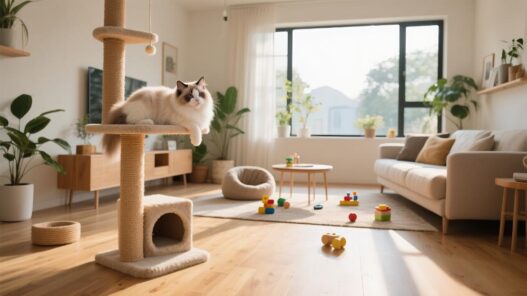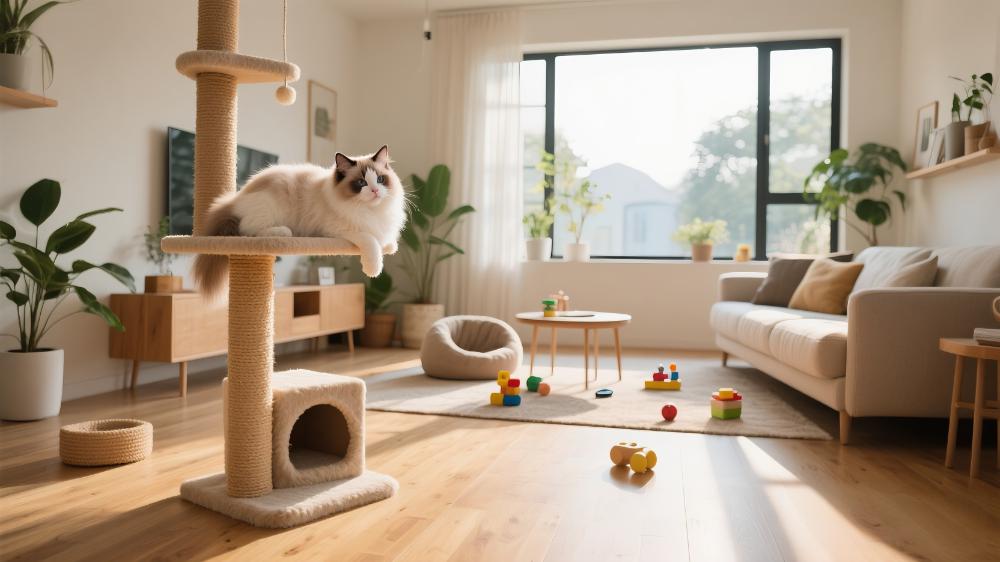Cat-Friendly Home cats are among the most popular pets in the world, adored for their independence and affectionate personalities. Whether you’re a first-time cat parent or a long-time feline lover, one thing remains true—your cat has specific needs that must be met for them to thrive.
Since cats can’t simply tell you what they want, it’s up to you to understand their behaviors and preferences. This guide will walk you through 10 veterinarian-approved steps to transform your living space into a safe, comfortable, and stimulating environment your cat will love.
1. Build Vertical Spaces
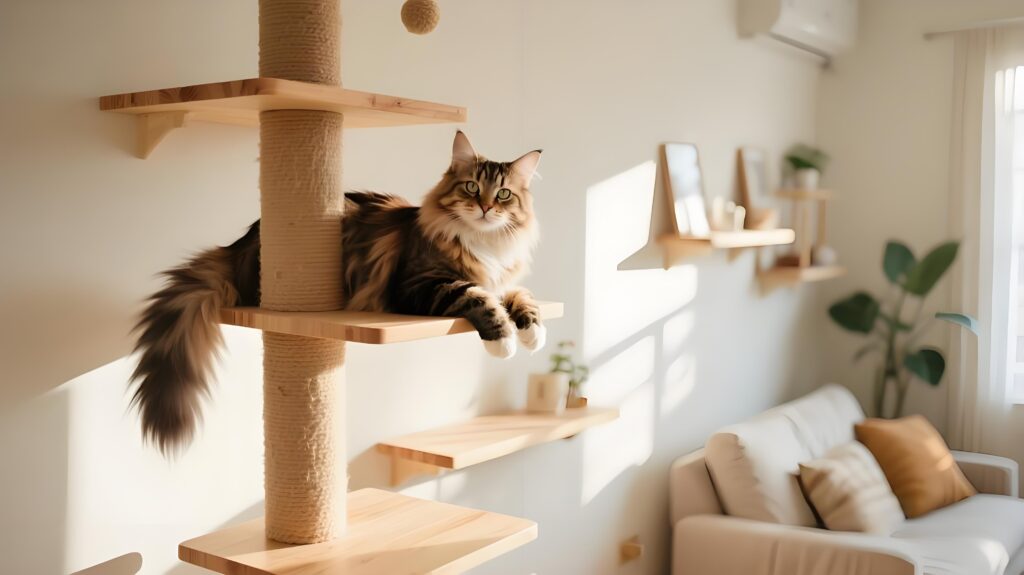
Cats have a natural instinct to climb and observe their surroundings from above. High perches not only give them a sense of safety but also encourage exercise.
You don’t need an oversized cat tower to create vertical territory—DIY wall shelves or sleek climbing platforms work just as well. Adding vertical levels in your home will make your cat feel secure while keeping them active and entertained.
2. Provide Cozy Hiding Spots
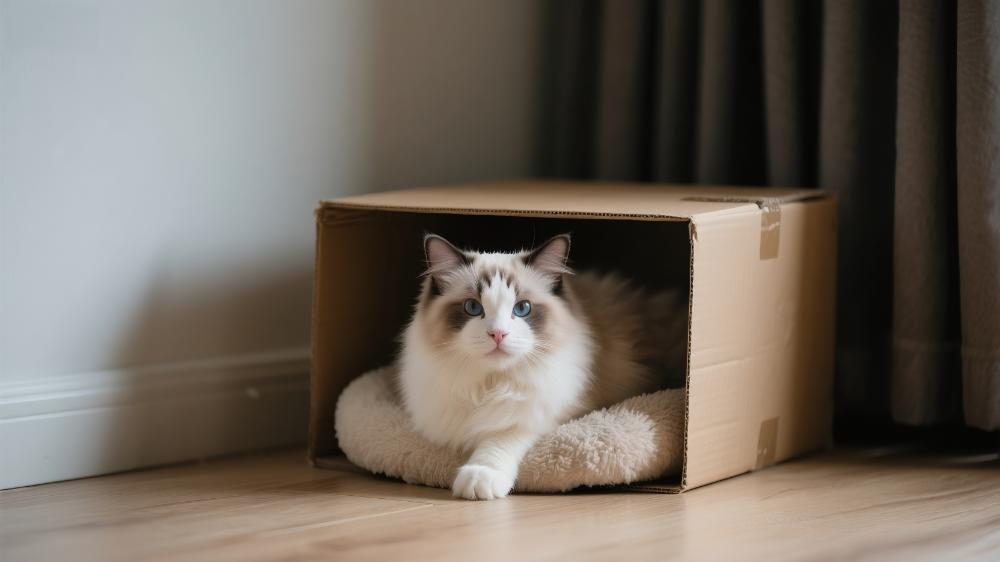
Every cat needs a private retreat where they can rest undisturbed. This could be a plush cat bed, a cardboard box with a cut-out entrance, or even a repurposed shoe box.
Place these hideouts in different parts of your home and at varying heights. Having multiple secure spaces gives your cat the freedom to choose where they feel safest.
3. Introduce Puzzle Toys
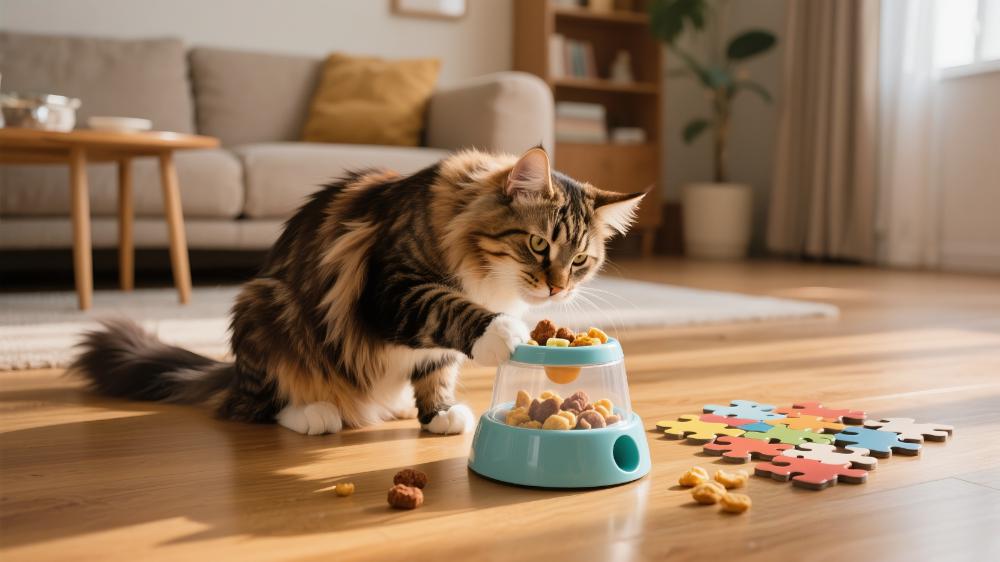
Mental stimulation is just as important as physical exercise. Puzzle toys and treat dispensers activate your cat’s hunting instincts while preventing boredom-related mischief.
Sprinkle catnip or silver vine on the toys and hide them around the house—your cat will love the challenge of seeking them out.
4. Offer the Right Number of Litter Boxes
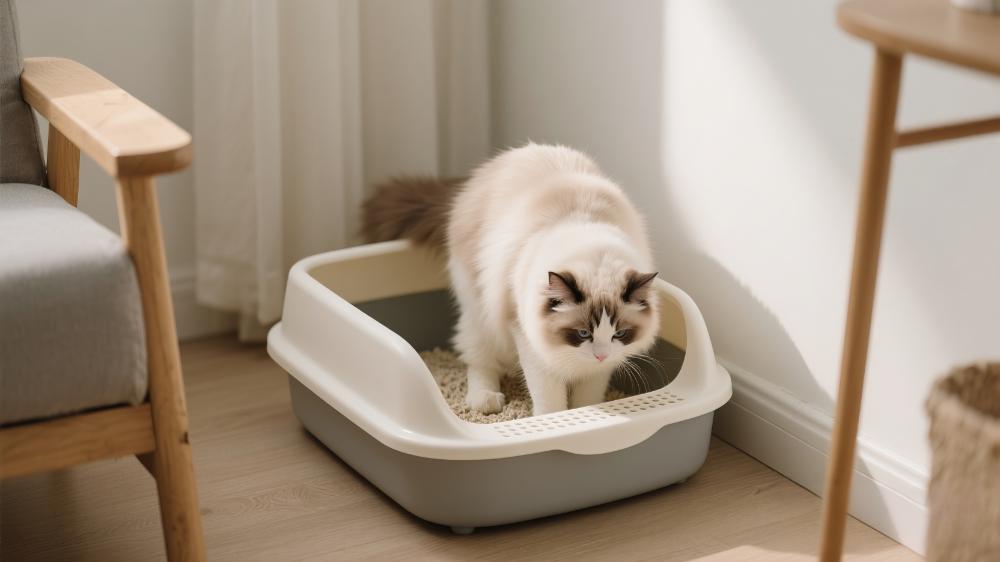
A litter box setup can make or break your cat’s bathroom habits. The rule of thumb is simple: one litter box per cat, plus one extra. If you have two cats, that means three boxes.
Choose a litter texture your cat likes, scoop daily, and place the boxes in quiet, low-traffic areas far from food and water. A clean, accessible litter box is key to avoiding accidents.
5. Separate Food and Water Areas
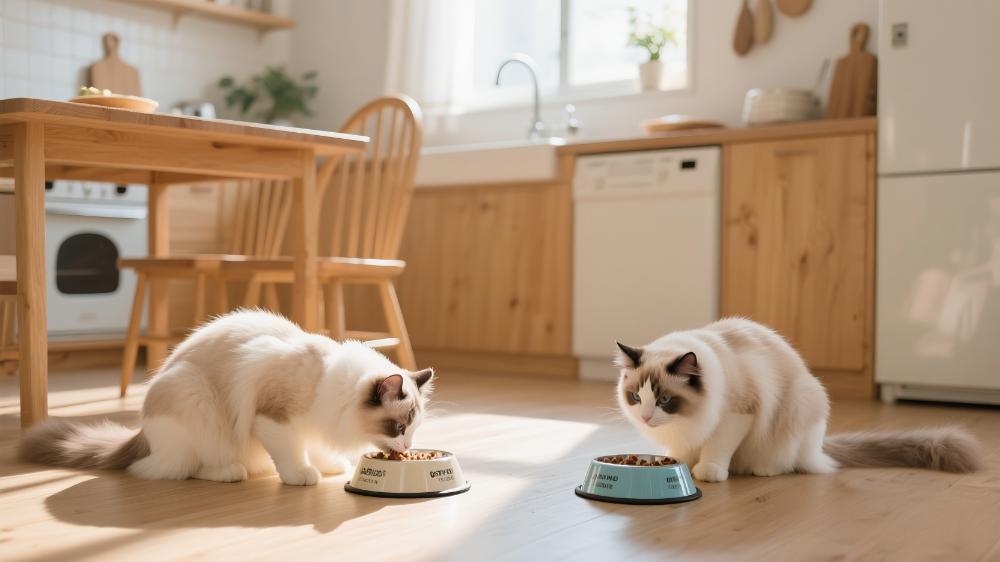
In the wild, cats hunt and drink separately, so the traditional double bowl isn’t always ideal. Use individual bowls and place them in different spots around your home.
Cats prefer multiple small meals throughout the day rather than one large serving. If your schedule is busy, a timed feeder can help mimic their natural eating patterns.
6. Add a Variety of Scratching Posts
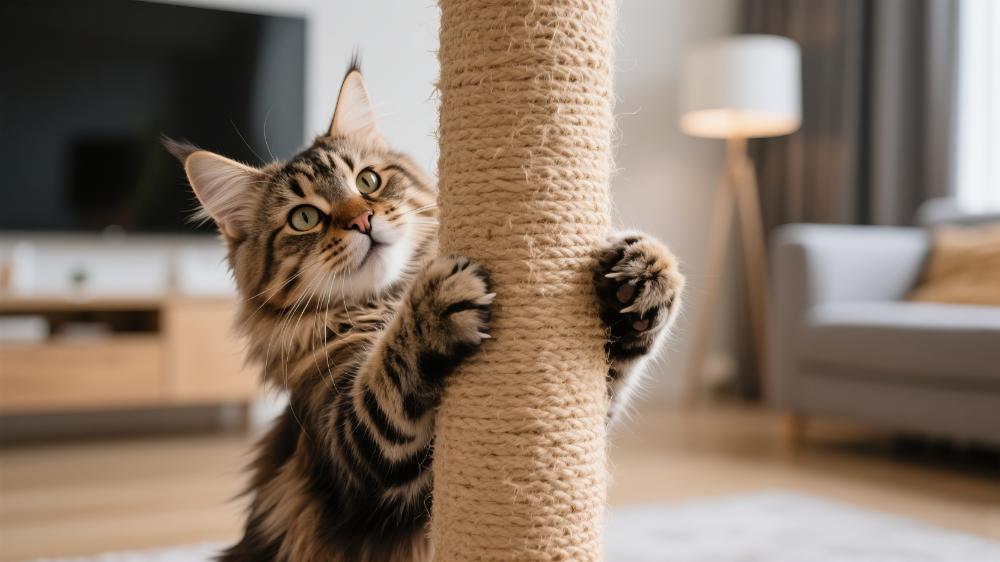
Scratching serves several purposes: it sharpens claws, relieves stress, and leaves scent marks. Offer a mix of scratching posts in different materials, like sisal, carpet, and cardboard, and in both vertical and horizontal designs.
If your cat is reluctant to use them, rub catnip on the surface to spark their interest.
7. Create Window Perches
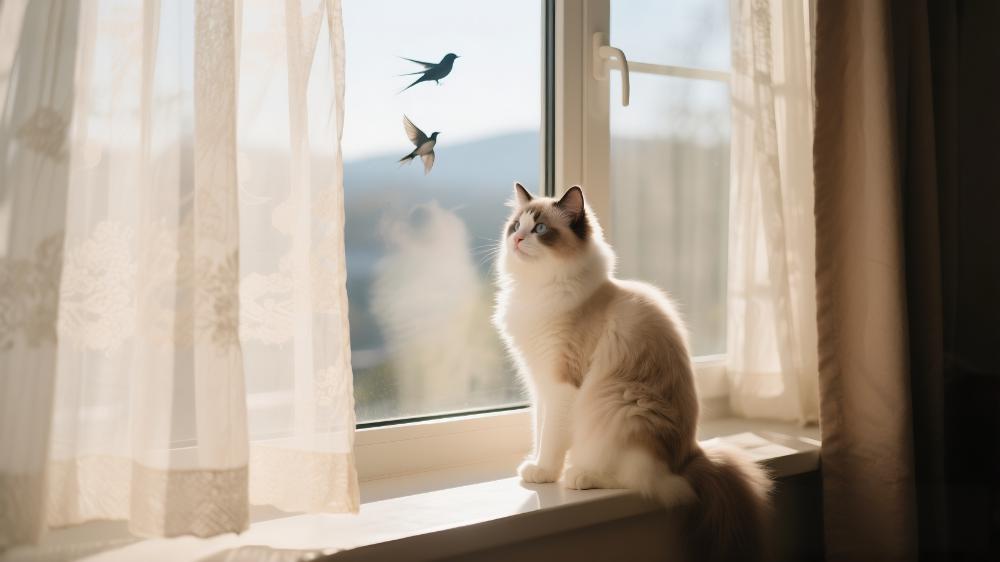
Many cats enjoy “window watching,” a safe way to observe the outside world. Set up a cat tree or shelf near a sunny window, or place a bird feeder outside to provide endless entertainment.
If you have space, consider a secure outdoor catio where your cat can sunbathe and enjoy fresh air.
8. Stick to a Routine

Cats are creatures of habit and feel more comfortable with a predictable daily schedule. Set consistent times for feeding, play, and quiet bonding moments. A steady routine reduces stress and strengthens your bond.
9. Be Aware of Scents
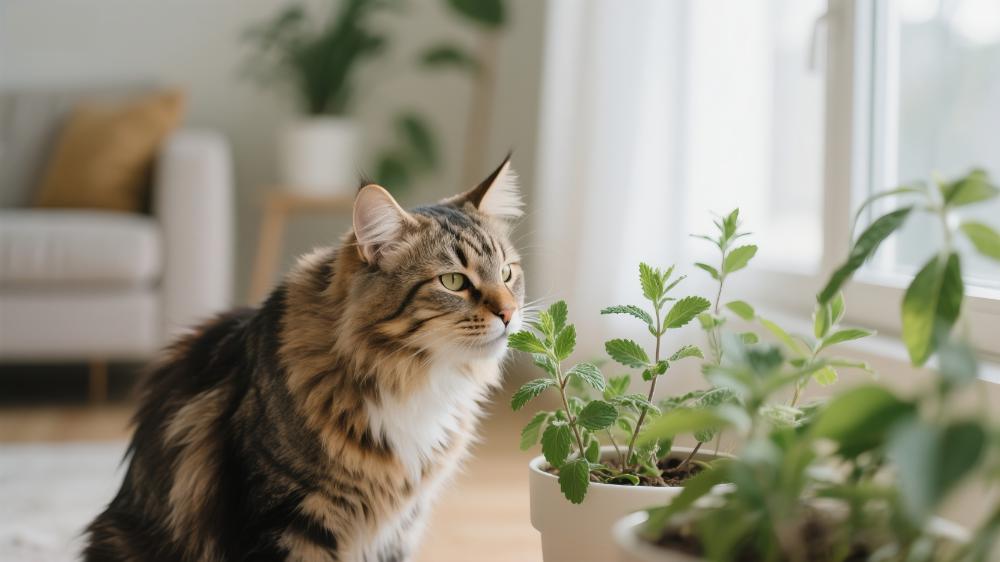
A cat’s sense of smell is far more sensitive than ours. Strong fragrances from perfumes, air fresheners, or essential oils—especially citrus, rosemary, peppermint, and lavender—can be overwhelming or harmful.
Keep litter boxes clean to control odors and choose cat-safe scents like catnip or silver vine for enrichment.
10. Store Hazardous Items Safely
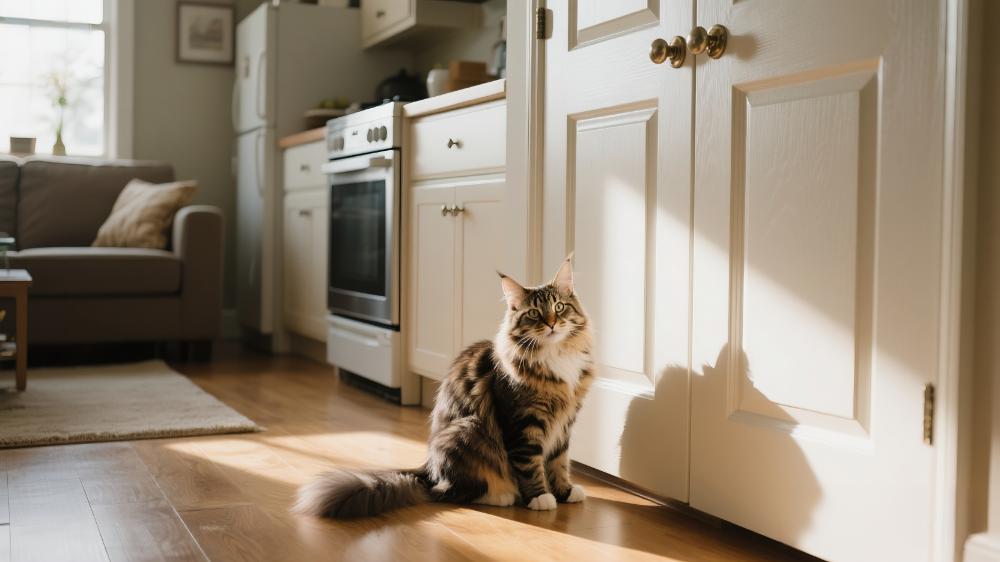
Cats are naturally curious, which can sometimes get them into dangerous situations. Keep hazardous household items—such as cleaning products, medications, batteries, mothballs, pesticides, and detergents—securely stored in cabinets with childproof locks if needed.
Also, keep counters and dining tables free from foods toxic to cats.
Final Thoughts
When welcoming a new cat into your home, a few thoughtful adjustments can make all the difference. Some cats settle in quickly, while others may take weeks to adapt.
By following these steps, you’ll create a space where your cat feels safe, stimulated, and loved. And if your cat continues to seem anxious or fearful, don’t hesitate to consult a qualified cat behaviorist for expert advice.







